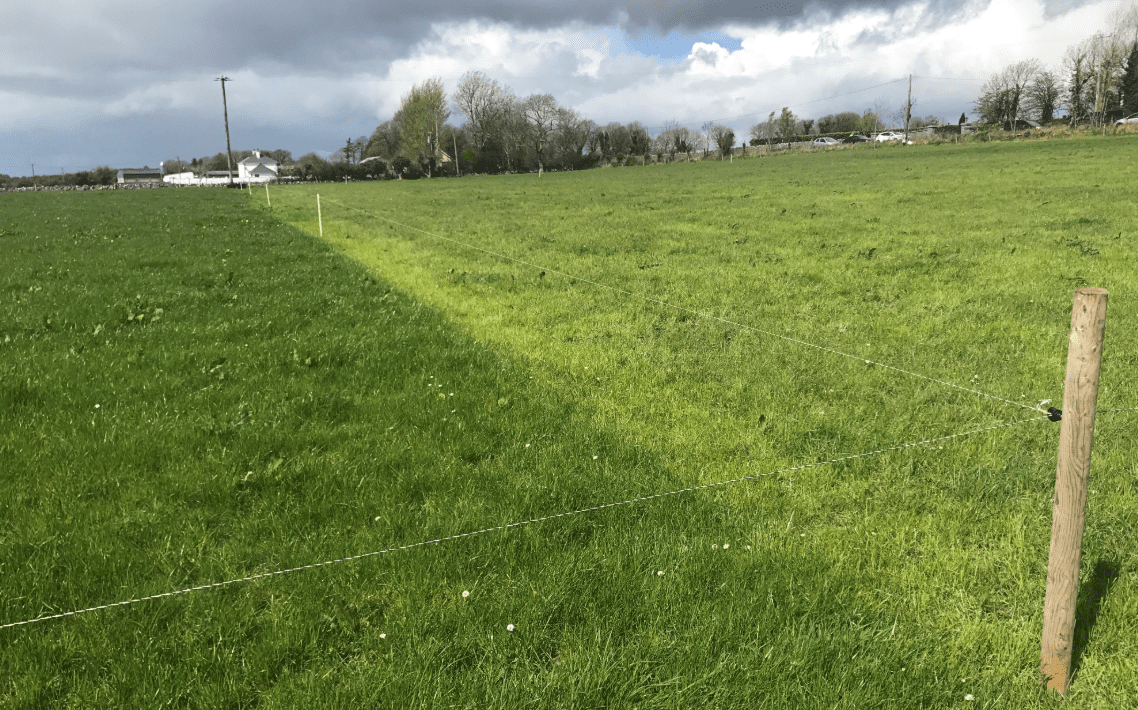As we enter into the second round of the grazing rotation, slower than normal grass growth remains an issue on many farms.
At the beginning of the second rotation, many farmers will begin to make the switch from 12-hour breaks, to 24 or even 36-hour breaks.
It is important to be mindful of the continuous need to reach target residual during this transition.
The post-grazing sward height should be maintained at 4cm to 4.5cm during mid-season grazing.
If you’re finding your cows are not grazing in paddocks well enough, then you may need to reintroduce the strip wire, although using a strip wire can be very labour-intensive.
To avoid this, you should try to enter the paddocks when they are at the correct pre-grazing yield – between 1,300kg DM/ha to 1,500kg DM/ha. If you are going into covers greater than this – to reach the target residual – you may need to put up a strip wire and graze the herd in 12-hour blocks.
Importance of reaching residuals:
- To avoid wasting grass;
- To avoid poor-quality grass in subsequent rotations;
- To avoid ‘topping’;
- To maximise intakes;
- To maximise milk production.
Grass growth
Grass growth for the country is currently averaging 27kg DM/ha for the north; 33kg DM/ha for the east; 31kg DM/ha for the west; and 33kg DM/ha for the south.
With average farm-cover nationally hovering around the 700kg DM/ha.
The weather forecast for the coming week shows a return to milder weather, but temperatures will remain below average for this time of year.
This will cause a small boost in grass growth in some parts of the country, with expected growth of 33kg DM/ha for the north; 41kg DM/ha for the east; 31kg DM/ha for the west; and 35kg DM/ha for the south.
This means that many farmers are still waiting for the burst of grass that we would usually expect at this time of the year.
